Ku Ban Moei (กู่บ้านเมย) is an 11th-century temple with a two-meter-tall, east-facing laterite platform. While this platform is completely intact following a 2011 restoration by the Fine Arts Department, nothing of the three brick towers assumed to have once been perched atop it remains in place, though there is a shallow depression on each end and a couple of postholes.
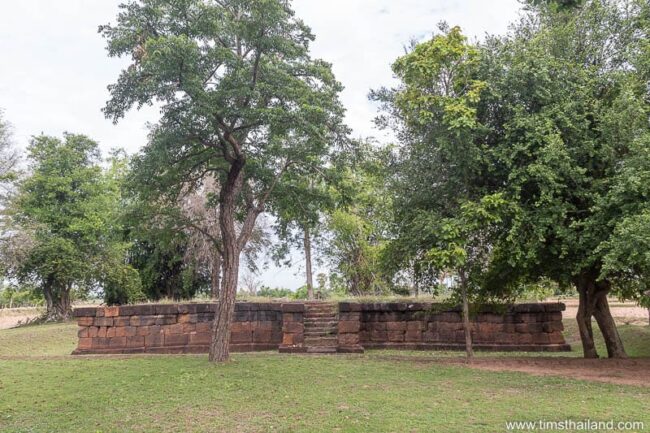
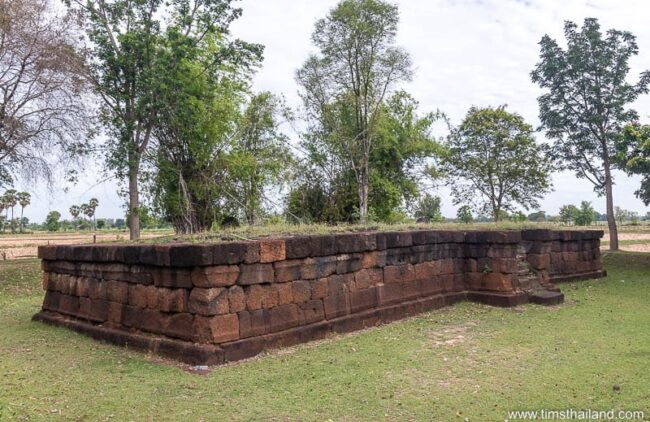
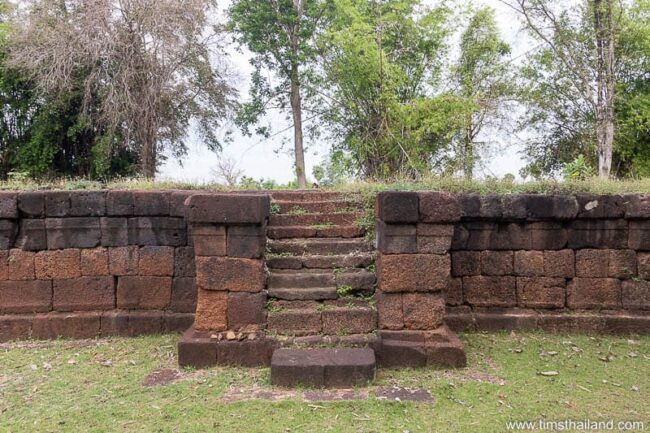
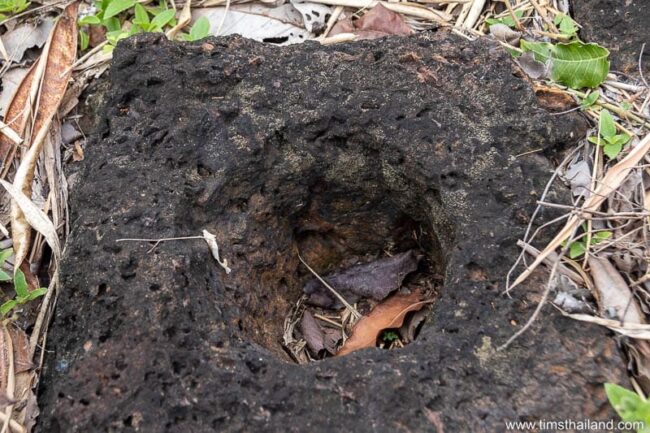
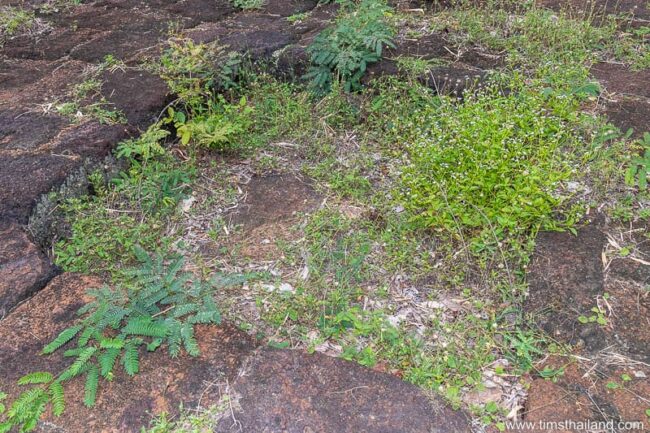
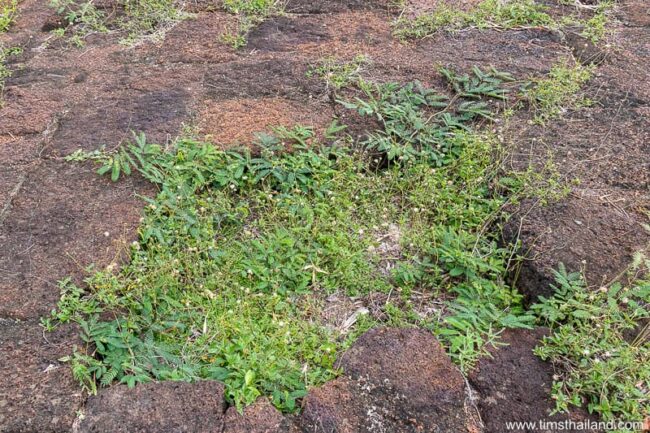
A replica (except, apparently, for the steps, which seem to be original sandstone) of a doorway has been built in front of the platform, and it includes reproductions of all the decorative doorway carving – a lintel and parts of colonettes – found here. These, along with two doorframe inscriptions, are now on display at the Khon Kaen National Museum. The inscriptions commemorate two ceremonies performed in the years 1045 and 1053 by the town’s local leader to honor the gods, though it’s unknown which gods. Some antefixes and pottery were also found here but are not on display.
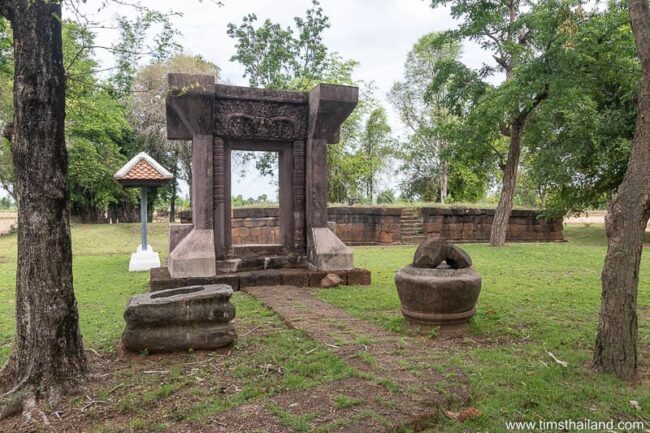
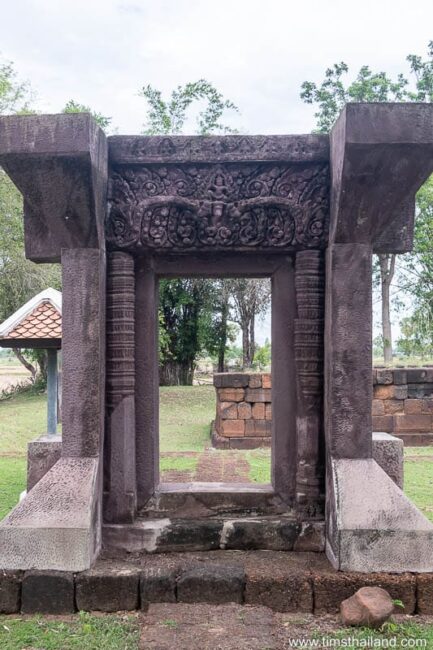
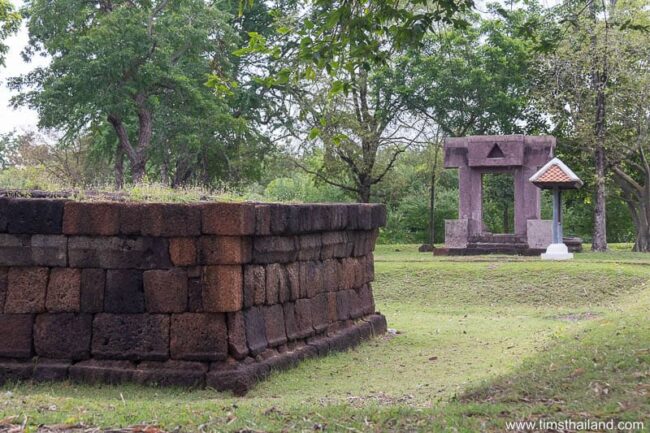
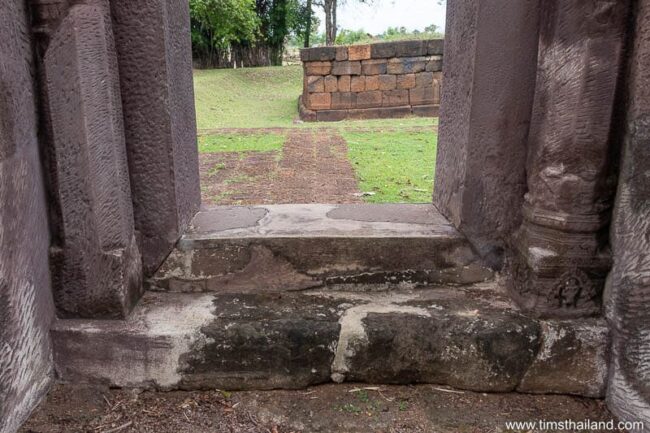
The beautiful and quite well-preserved lintel (probably Kleang-style) features Indra riding a three-headed Airavata plus four lions – two on Airavata’s side expelling the garlands and two more at the edges – and a row of rishi (but only their upper halves, like they are sitting behind something) along the top.
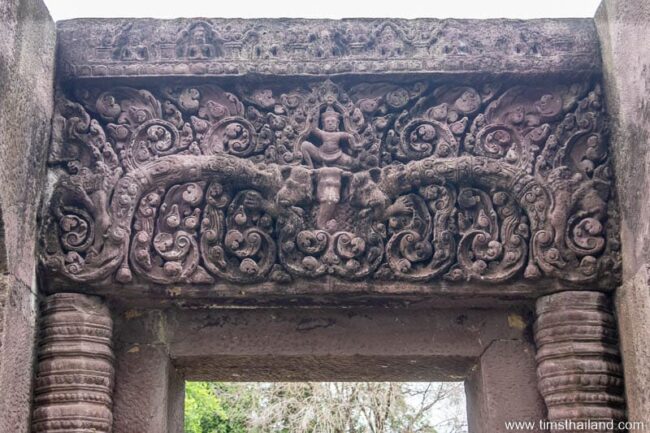
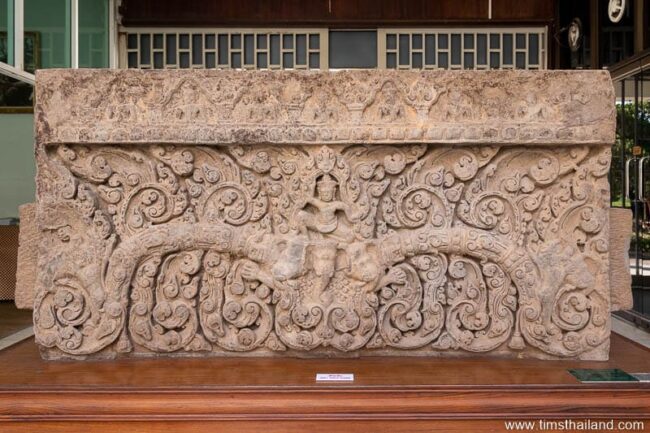
A lotus-bud top from one of the towers and a large pedestal for holding one of the sacred images are displayed in front of the doorway
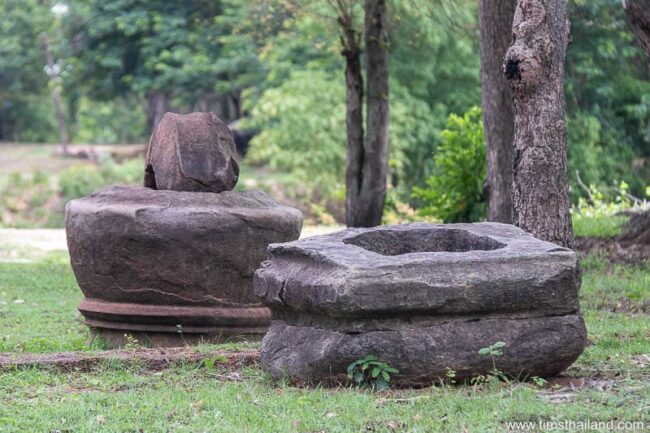
Set off to the south are two big sandstone blocks, presumably intended to be carved, perhaps into a lintel and a colonette. Also to the south is a pile of laterite blocks that were not used in the restoration.
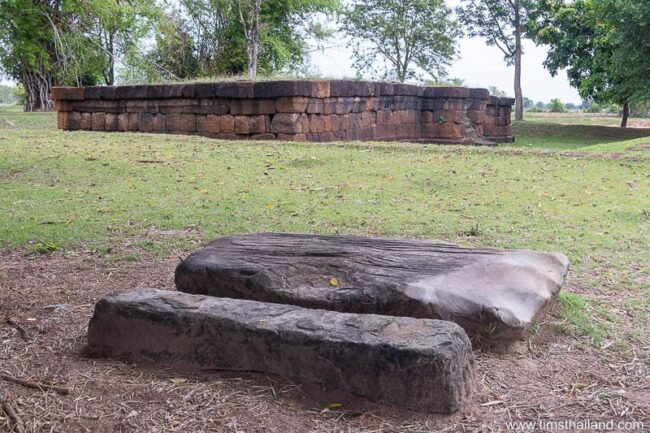
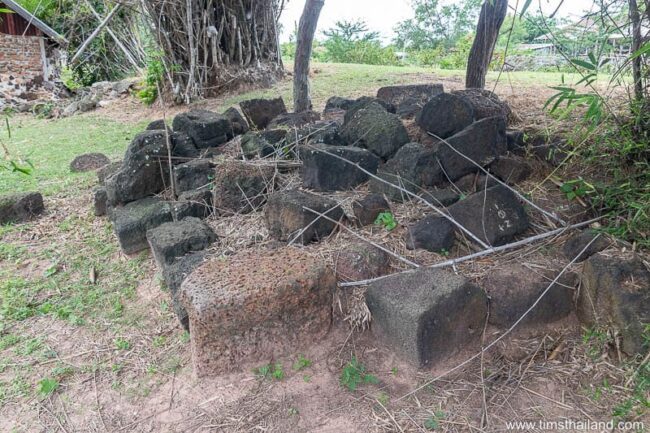
One hundred eighty meters to the east of the temple is a still intact, though slightly modified, baray of about 160 by 350 meters.
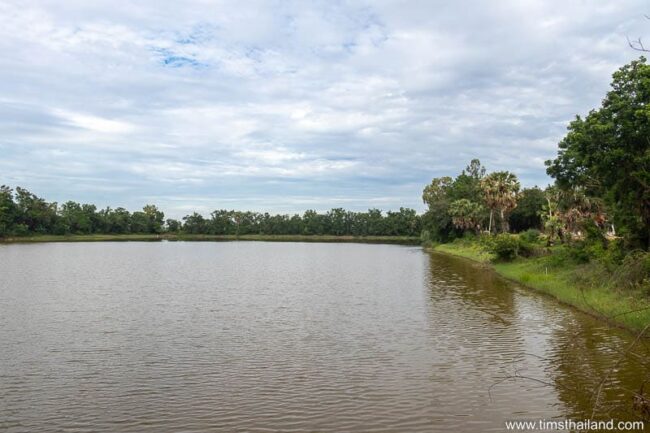
While the site was being restored, a bridge was built over the stream to access it, but it has long since fallen apart. Now you need to walk north over the weir or west to a more substantial bridge.
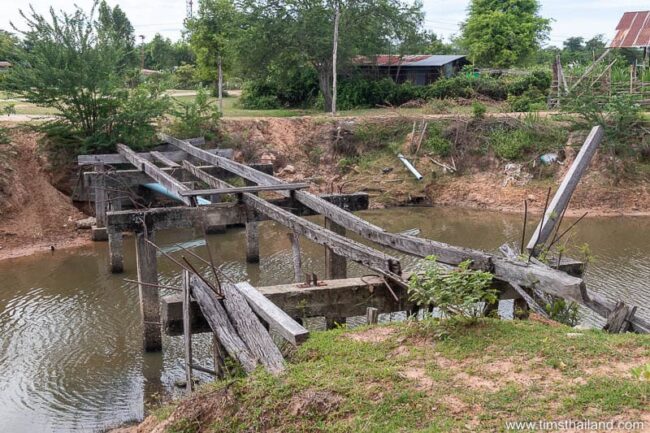
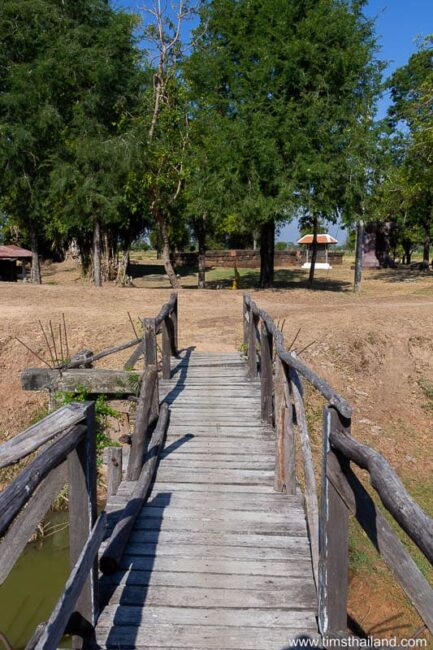
One final note, Ban Moei means “Buffalo Village,” and the name still rings true: You will see many water buffalo grazing around here.
Location – Ban Moei, Tambon Nong Song Hong, Amphoe Nong Song Hong, Khon Kaen Province
Further Reading
Nakprasong, Sirilak and Kulwadee Samakthai. “Ku Ban Moei”. Fine Arts Department, Regional Office #8, Khon Kaen.